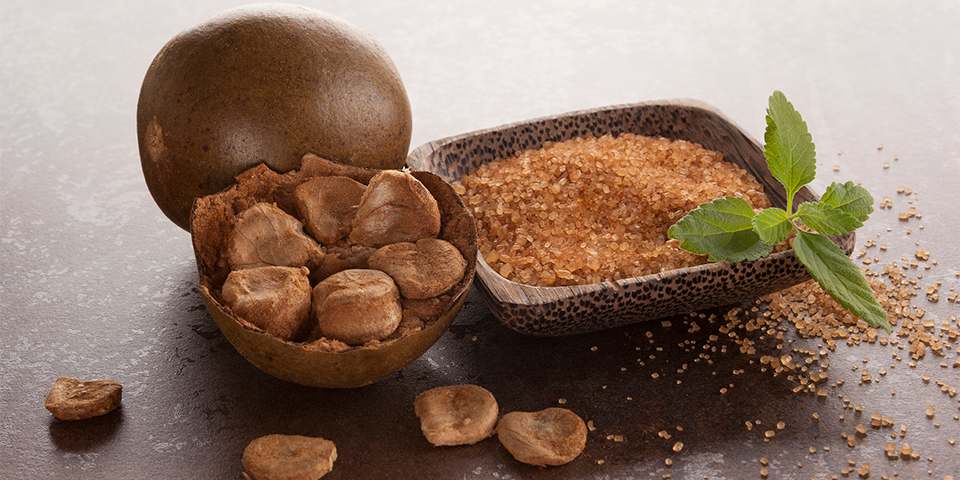The JSHealth food philosophy is built upon BALANCE. This means we truly encourage the 80/20 approach. Eat nourishing wholefoods mostly to feel good but please also enjoy all of your favourite indulgences in moderation. We do not believe in restriction and deprivation. Savour every mouthful. Let go of the guilt! This is how you create a positive relationship with food and your body that is fun and sustainable.
There are times, however, when your sugar cravings may get out of control. If you’re finding yourself reaching for sugary foods regularly and choosing them over more nutrient dense foods, it may be time to use some techniques to help manage your cravings. Here are my top nutrition and lifestyle tips to help you get excess sugar cravings under control and support balance in your life.
Love Jess x
Nutrition strategies to manage sugar cravings
Enjoy a balanced diet!
Ensure each meal is satiating by adding all the right macros, eg: complex carbs, fibre, protein and fat. This means you will feel less hungry after eating which equals less junk snacking and cravings.
Protein at breakfast
What you have for breakfast can set you up for the rest of your day. Dietary protein has been well established to improve appetite control through an increase in satiety. A study found that skipping breakfast can lead to increased hunger and a greater intake in energy compared to eating breakfast, particularly one high in protein.
Reduce artificial sweeteners
If you’re trying to reduce the sugar in your diet, it’s important to not replace it with artificial sweeteners. These can be found in chewing gum, mints and ‘sugar-free’ lollies, ice-cream or chocolate. Because artificial sweeteners taste so sweet, they actually further encourage the dependence on sugar. Repeated exposure trains flavour preference.
Cinnamon
The cinnamon spice helps to regulate total glucose levels. This means that it can help to stabilise our blood sugar levels. When our blood sugar levels are stable, cravings reduce. Enjoy cinnamon sprinkled on porridge, smoothies and yoghurt.
Get a helping hand from a supplement!
The JSHealth Vitamins Metabolism + Sugar Support formula is my go-to. I’ve included my favourite research-backed nutrients and herbs in this vitamin to support the metabolism, balance blood sugar levels and aid glucose metabolism, which may lead to less sugar cravings and therefore support weight balance.
Plus with every purchase of Metabolism + Sugar Support, you get a free month on the JSHealth App which is full of nourishing and balanced recipes, workouts with top trainers, “text a nutritionist,” clinical nutrition guides and more to further support you.
Lifestyle tips to manage sugar cravings
Sleep well
A lack of sleep can alter the levels of our hunger and satiety hormones. A study observed increased hunger, food cravings and larger selected portion sizes with a 33% reduction in sleep. Try to aim for 7-8 hours of sleep per night to keep those sugar cravings at bay!
Eat mindfully
Being present when you eat lets you truly enjoy and savour your food. It also helps you be more in touch with your hunger and satiety levels. Sit down to your meals without distractions such as TV or iphone and revel in the sensory delight of eating!
Don’t restrict yourself
This creates a psychological craving for the food and leads to an unhealthy relationship with food such as being caught in a binge eating and restricting cycle. Enjoy indulgences in moderation, the JS way!
References:
Hoertel, H. A., Will, M. J., & Leidy, H. J. (2014). A randomized crossover, pilot study examining the effects of a normal protein vs. high protein breakfast on food cravings and reward signals in overweight/obese “breakfast skipping”, late-adolescent girls. Nutrition journal, 13, 80.
Liem DG, de Graaf C. Sweet and sour preferences in young children and adults: role of repeated exposure. Physiol Behav. 2004 Dec 15;83(3):421-9.
Yang CL, Schnepp J, Tucker RM. Increased Hunger, Food Cravings, Food Reward, and Portion Size Selection after Sleep Curtailment in Women Without Obesity. Nutrients. 2019;11(3):663. Published 2019 Mar 19.



